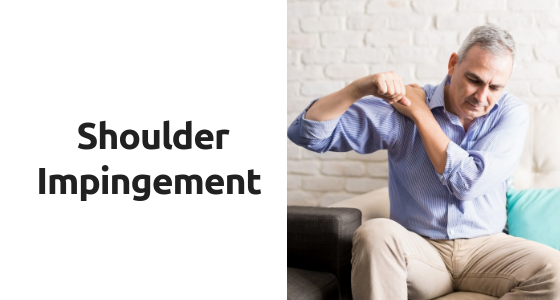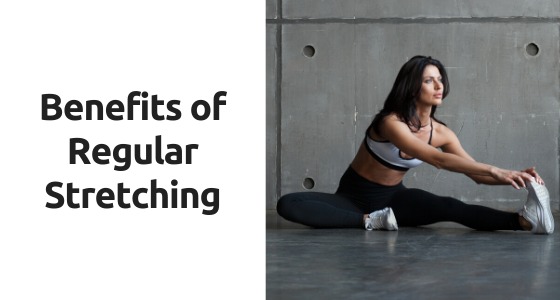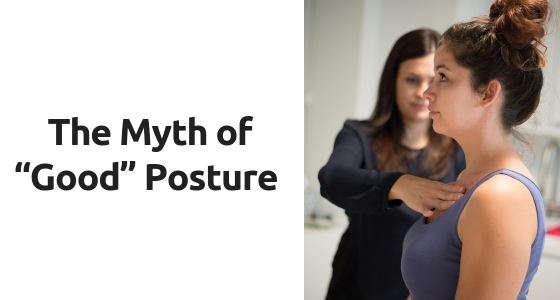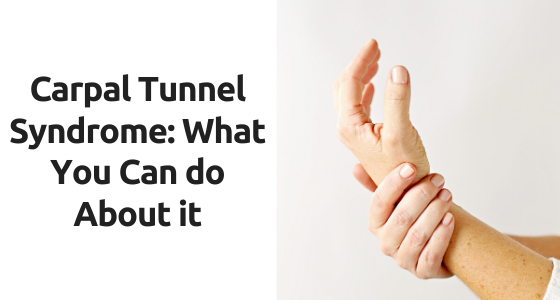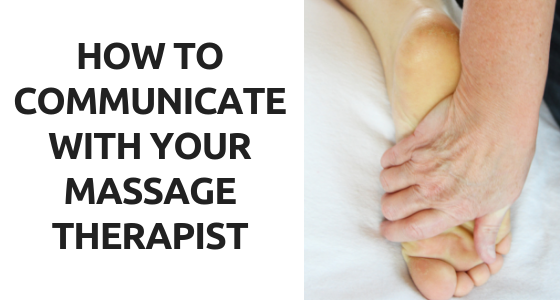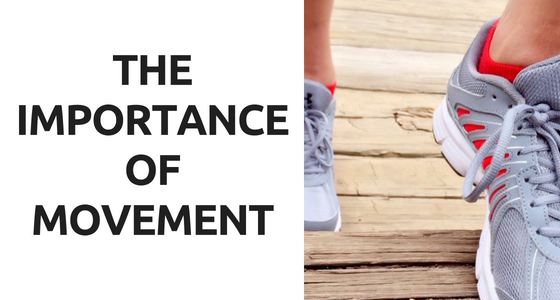What You Need to Know About the Rotator Cuff
The rotator cuff is a group of muscles whose job is to keep the head of your upper-arm bone (humerus) in your shoulder socket. It also aids in the raising, lowering, and rotating of your arm, keeping the shoulder stable and safe throughout these movements. There are 4 muscles that make up your rotator cuff; supraspinatus, infraspinatus, teres minor, and subscapularis.
Shoulder Impingement
Shoulder impingement, also known as subacromial impingement or swimmer’s shoulder, is caused when the tendons of the rotator cuff become trapped as they pass through the narrow bony channel known as the subacromial space. This little tunnel in the shoulder normally allows those tendons to slide back and forth with no restriction as you move your arm. However, repetitive use of the shoulder, more specifically repetitive overhead movement
Benefits of Regular Stretching
While many people may associate stretching with their workouts, loosening up before or cooling down after, it’s actually a very beneficial practice to get into every single day regardless of your workout routine. Whether it’s first thing in the morning, every hour or two throughout your day, or winding down before bed, taking a few minutes to stretch and release the tension in your muscles can help you to move and feel better.
Thoracic Outlet Syndrome: How Massage Can Help
The nerves and blood vessels that supply the arm run from the neck and through a few narrow channels that can sometimes become even more narrow, resulting in compression of those structures. This can cause a variety of symptoms, ranging from mild tingling and numbness to poor circulation throughout the arm and into the hand and fingers. This is what’s known as Thoracic outlet syndrome (TOS). There are two primary types of compression:
The Myth of “Good” Posture
How many times have you been told in your life to stand up straight, drop your shoulders, or if you don’t stand up straight, you’ll pay for it later? From the time we’re small, we’re often told the “right” way to stand and sit. But what if I told you that everything you’ve heard about having good posture isn’t necessarily true?
Tips to Ease Neck Pain
Neck pain is common and there’s a variety of things that can cause it. You may have just slept wrong and tried to turn your head a certain way only to feel some pretty sharp pain; then you’re stuck walking around all day barely able to turn to the side. You may have been hunched over at your desk all day, or done some exercise that didn’t quite agree with you. Whatever the cause, it’s no fun. Of course, a massage session here will help, but there are some things you can do in the meantime to ease that pain.
Is Text Neck Really a Big Deal?
Let’s face it, when was the last time you were in a restaurant and everyone around was paying attention to those at the table as opposed to looking down at their phones? I’m sure you can’t quite recall. We often stay on our phones now more that we have real, direct interaction with others, whether it’s for work or entertainment. With this, you may have heard the term ‘text neck’ which is often used to describe the neck pain and damage sustained from looking down at your cell phone, tablet, or other wireless devices too frequently and for too long.
Carpal Tunnel Syndrome: What You Can Do About It.
While we most often associate this pain, tingling, or numbness in the wrist and hand as an obvious sign of compression of the median nerve in the wrist, i.e. Carpal Tunnel Syndrome, it’s important to also rule out other possible causes, including nerve…
How to Communicate with Your Massage Therapist
Communication seems like an easy thing to master, but for most of us, proves to be a very difficult concept to implement at times. Everyone has different backgrounds, experiences, and lifestyles that affect the way we speak and how we interpret the words of others. This is why it’s so important to make sure you’re communicating properly with your massage therapist.
The Importance of Movement
Everyone has heard the phrase that an object in motion stays in motion. As much as most of us would like to believe that this isn’t true, unfortunately it is. But why is it so hard for us to accept? All too often we stay indoors in a sitting position if life will allow us. We’ll go out of our way to put off daily chores, and errands in a second just to avoid the extra effort that it calls for. How did we get this way? We live in a time that everything is readily available.


